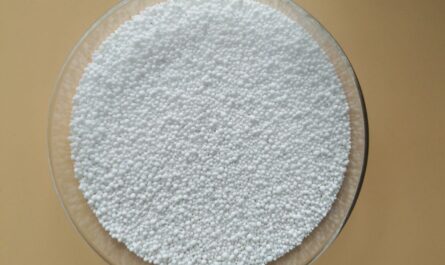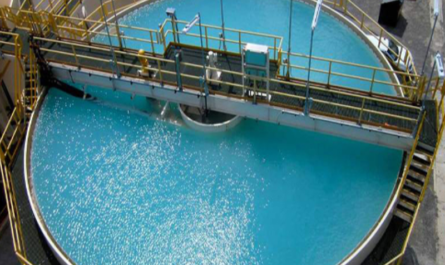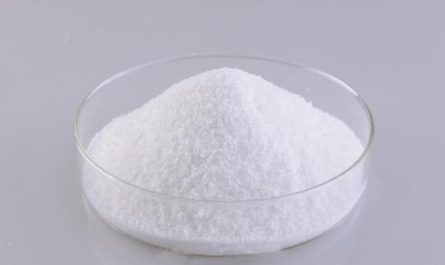Butadiene is an important petrochemical used to produce numerous materials in our daily lives. As a raw material in the production of plastics and synthetic rubbers, butadiene plays a vital role in manufacturing various consumer and industrial products.
Origins and Production of Butadiene
Butadiene is predominantly produced as a byproduct of petroleum and natural gas processing. When hydrocarbons from oil or gas are broken down at high temperatures in steam cracking units, butadiene and other petrochemicals are released. Some key facts about butadiene production:
– Globally, over 11 million tons of butadiene are produced annually, with the United States being the largest producer.
– Majority of butadiene comes from naphtha cracking, which involves heating naphtha, a petroleum fraction, to high temperatures to produce lighter hydrocarbons and petrochemicals like butadiene.
– Butane can also be dehydrogenated in the presence of catalysts to yield butadiene in a process called butadiene extraction. This route accounts for about 20% of global butadiene production.
– Key butadiene producers include firms like LyondellBasell, Braskem, Shell, and TPC Group who operate large scale steam cracking and butadiene extraction facilities around the world.
Main Applications and Uses of Butadiene
The principal use of butadiene is in the production of synthetic rubbers. Some major applications are discussed below:
Synthetic Rubber Production
– Styrene-butadiene rubber (SBR): Used in tires, footwear, adhesives. Over 60% of butadiene demand is for SBR.
– Polybutadiene (PBD): Used in tires. Offers good handling and wear resistance characteristics for tires.
– Nitrile rubber (NBR): Used in automotive and industrial hoses, gaskets, and seals requiring oil and chemical resistance.
Plastics and Resins
– Polybutadiene terephthalate (PBT) resins: Used in electrical components and connectors demanding heat resistance.
– Styrene-butadiene latex (SB latex): Used in carpet backing and paper coating for strength and durability.
– Acrylonitrile-butadiene-styrene (ABS) resins: Used in pipe, auto interior and exterior parts for impact resistance.
Other Applications
– Butadiene is also consumed as a chemical intermediate in the production of synthetic fibers, plastics, rubber chemicals and nitrile resins.
Environmental and Health Impacts of Butadiene
While butadiene helps manufacture numerous useful materials, its production and emissions have raised some environmental and human health concerns:
– Classified as a possible human carcinogen by regulatory agencies like EPA and IARC based on animal studies showing increased cancer risks.
– Major emission sources of butadiene include petrochemical facilities and petroleum refineries involved in cracking of hydrocarbons to produce butadiene.
– Butadiene emissions are regulated and facilities employ measures like recovery systems, flaring and combustion to abate emissions and meet standards.
– Spills and leaks during production, transportation and storage have potential to contaminate air and water resources if not contained and cleaned promptly.
– Short term exposure to elevated levels may cause irritation to eyes and respiratory system in humans based on limited industry accident reports.
Sustainable Solutions
With growing demand for butadiene, companies are exploring more sustainable pathways for its production from renewable feedstocks:
– Developing technologies to produce butadiene via fermentation of biomass and agricultural waste which can reduce reliance on fossil fuels.
– IHS Markit expects nearly 6% of global butadiene supply to come from bio-based fermentation routes by 2030.
– Use of emissions abatement systems coupled with transition to renewable energy at petrochemical facilities can help lower environmental footprint of butadiene production.
*Note:
1. Source: Coherent Market Insights, Public sources, Desk research
2. We have leveraged AI tools to mine information and compile it



